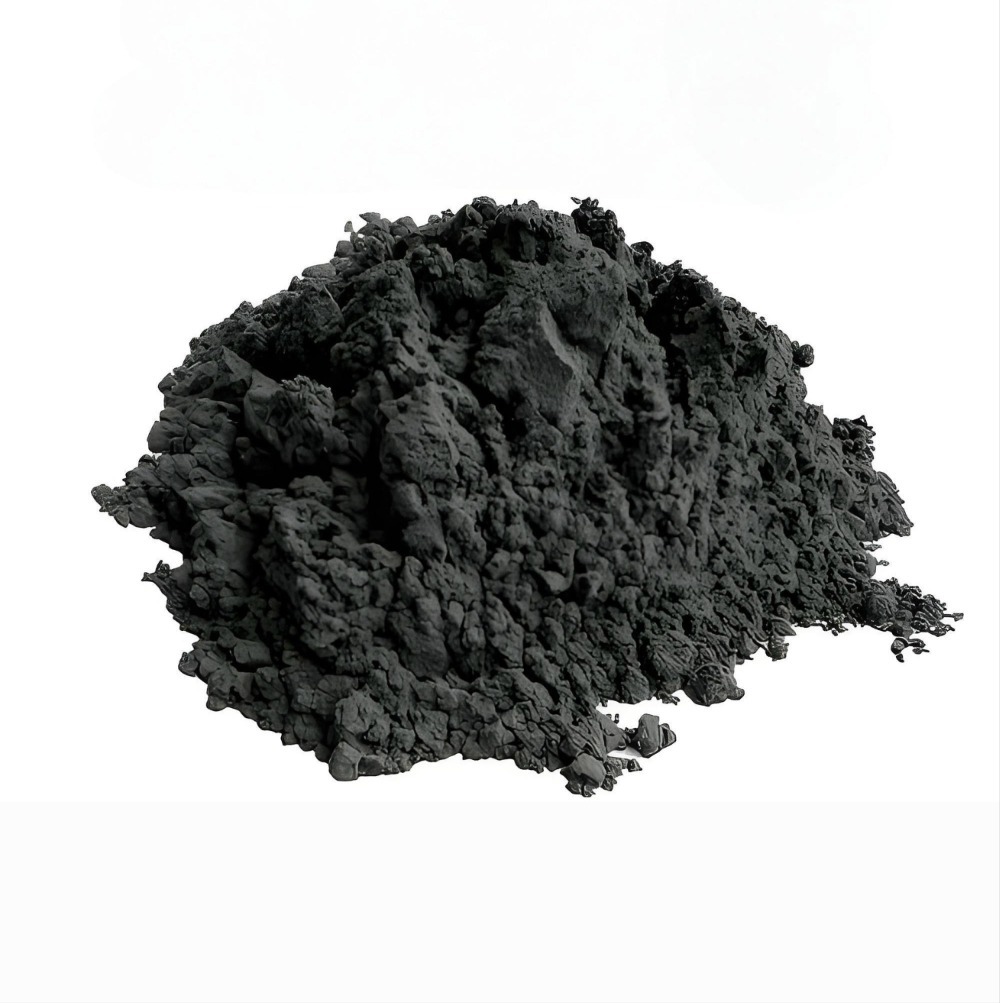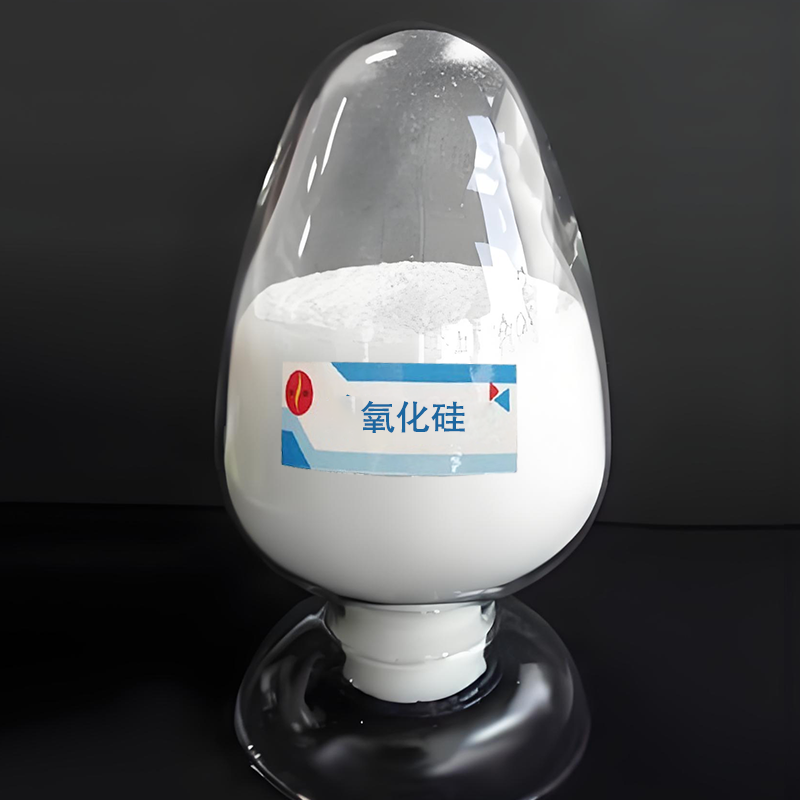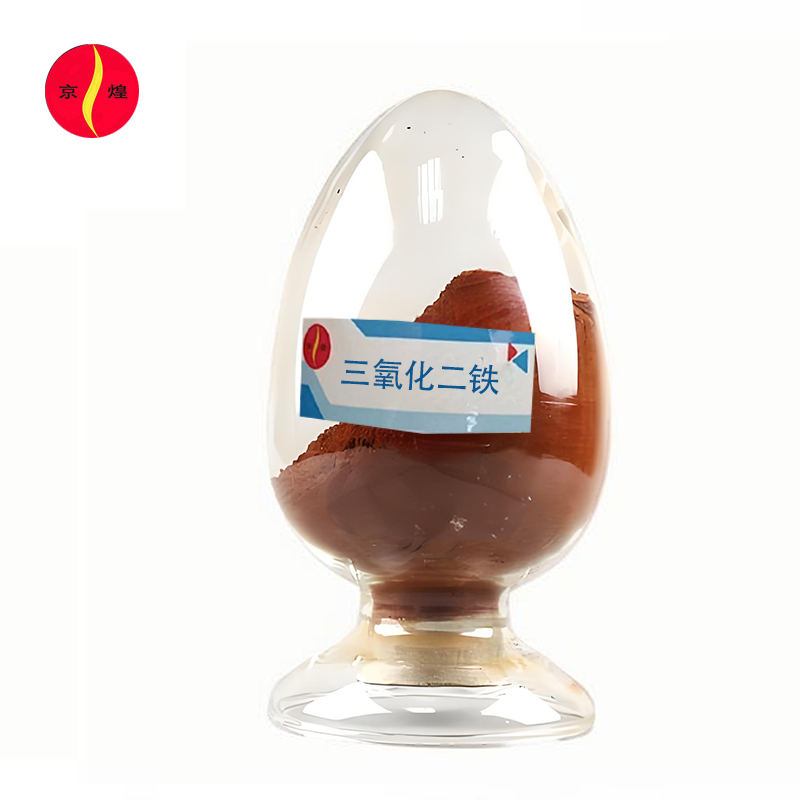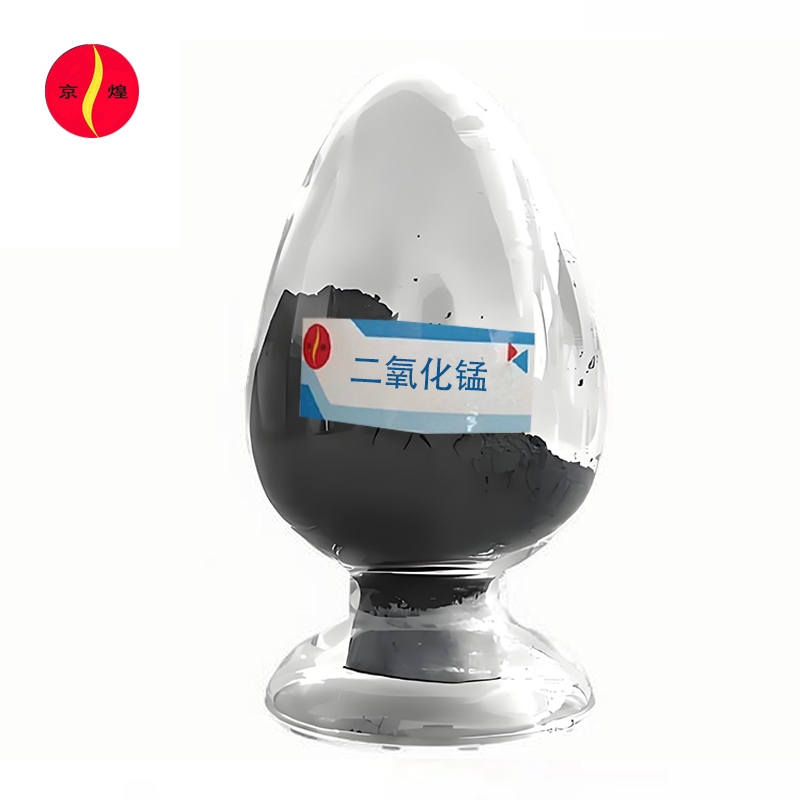Contact Us
Tel/WeChat: +86 13273449929
E-mail: sales1@jinghuangnm.com
Address: 1803, Block C, Wanda Plaza Office Building, Yuhua District, Shijiazhuang City, Hebei Province
Stainless steel powder
- Commodity name: Stainless steel powder
Number:
Key words:
- Product Description
-
Product Overview:
In terms of its physicochemical properties, stainless steel powder has a chemical composition primarily based on iron, containing alloying elements such as chromium, nickel, and molybdenum. The chromium content ensures excellent corrosion resistance, nickel enhances toughness and strength, and molybdenum strengthens corrosion resistance and high-temperature performance. Physically, it appears as fine spherical or quasi-spherical particles, with particle sizes distributed between several micrometers to tens of micrometers, exhibiting good flowability, which facilitates uniform powder spreading, ensuring a smooth printing process and accurate forming; it also has a high bulk density, meeting printing requirements.
In terms of applications, stainless steel powder is widely used in the manufacturing industry for precision component manufacturing in aerospace, such as small complex engine parts, which can break through the limitations of traditional processes to reduce weight while meeting stringent mechanical requirements; in the medical device field, it is used to customize personalized implants, printing hip joints, spinal fixation devices, etc., based on individual skeletal characteristics of patients, with good biocompatibility and resistance to bodily fluid corrosion; in the jewelry industry, it can quickly create limited edition jewelry with creative and exquisite designs, meeting niche and personalized design demands, providing support for innovative development across multiple fields.
Product Parameters:
GradeGrade
Physical IndicatorsPhysical Property
D10
D50
D90
Tap DensityTap Density
304L
2-6μm
8-12μm
18-25μm
4.5-5.0g/cm³
316L
2-6μm
8-12μm
18-25μm
4.5-5.0g/cm³
17-4PH
2-6μm
8-12μm
18-25μm
4.5-5.0g/cm³
HK30
2-6μm
8-12μm
18-25μm
4.5-5.0g/cm
440C
2-6μm
8-12μm
18-25μm
4.5-5.0g/cm³
Grade NumberGrade
304L
316L
17-4PH
HK30
440C
Composition
C
≤0.03
≤0.03
≤0.07
0.25-0.45
0.95-1.2
Si
≤1.00
≤1.00
≤1.0
≤1.75
1
Mn
≤2.00
≤2.00
≤0.30
≤1.5
Ni
8.0-11.0
10.0-13.0
3.0-5.0
19.0-22.0
≤0.5
Cr
18.0-20.0
16.0-18.0
15.5-17.5
23.0-27.0
26.0-30.0
Mo
2.0-3.0
5.0-7.0
Cu
3.5-5.0
Nb
0.15-0.45
Co
Bal.
Mg
≤1.0
Fe
Bal.
Bal.
Bal.
Bal.
≤0.75
Get Quote
Note: Please leave your contact information and our professionals will contact you as soon as possible!
Related Products








